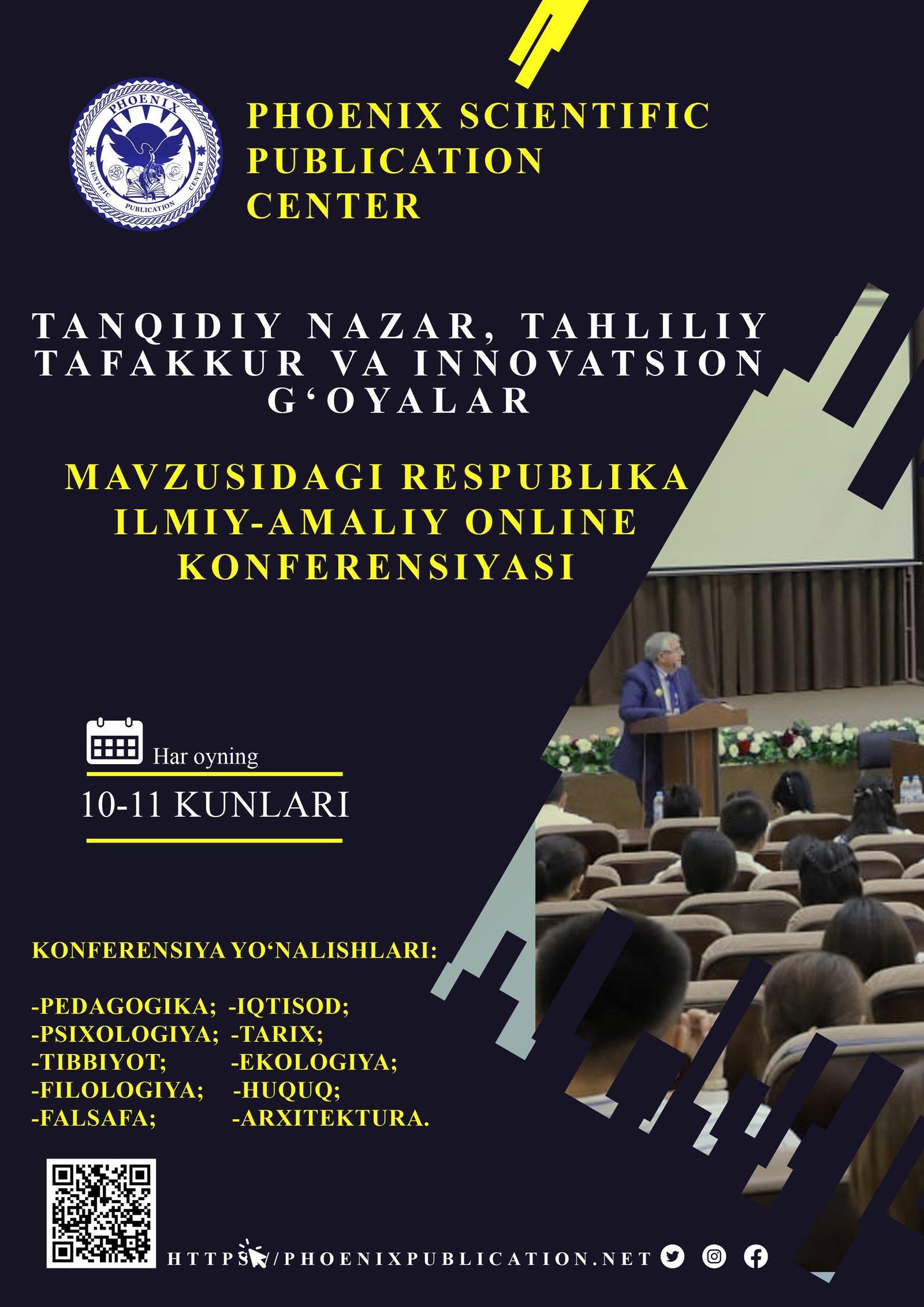Abstract
Autonomous learning has emerged as a critical component in the field of language education, empowering learners to take responsibility for their own progress. This article explores the concept of autonomy in language learning, its benefits, and the methods teachers can use to support learner independence. It also outlines practical strategies for integrating autonomous learning into classroom environments while maintaining guidance and motivation.
References
Benson, P. (2011). Teaching and Researching Autonomy. Routledge.
2.Oxford, R. L. (2003). Toward a More Systematic Model of L2 Learner Autonomy. In Palfreyman & Smith (Eds.), Learner Autonomy across Cultures. Palgrave Macmillan.
3.Scharle, Á., & Szabó, A. (2000). Learner Autonomy: A Guide to Developing Learner Responsibility. Cambridge University Press.
4.Smith, R. C. (2003). Pedagogy for Autonomy as (Becoming-)Appropriate Methodology. In D. Palfreyman & R. C. Smith (Eds.), Learner Autonomy across Cultures: Language Education Perspectives (pp. 129–146). Palgrave Macmillan.
